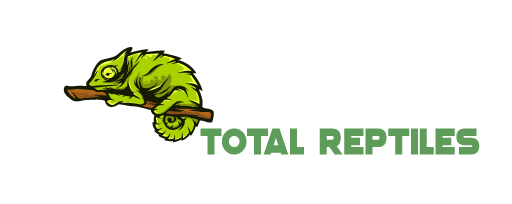Did you know bearded dragons, aka Pogona are solitary animals? If you plan to bring home a new member native to Australia, perhaps it is time to dive deep into the bearded dragon habitat.
Pogona species is a genus of reptiles with the semi-arboreal trait, meaning the beardie dragons love spending their time on branches, near human habitation, or in bushes. They also prefer basking in during the mornings and afternoons.
However, there are eight subspecies of bearded dragons in separate regions of the island. You have to determine the habitat based on its original location so that it feels close to home.
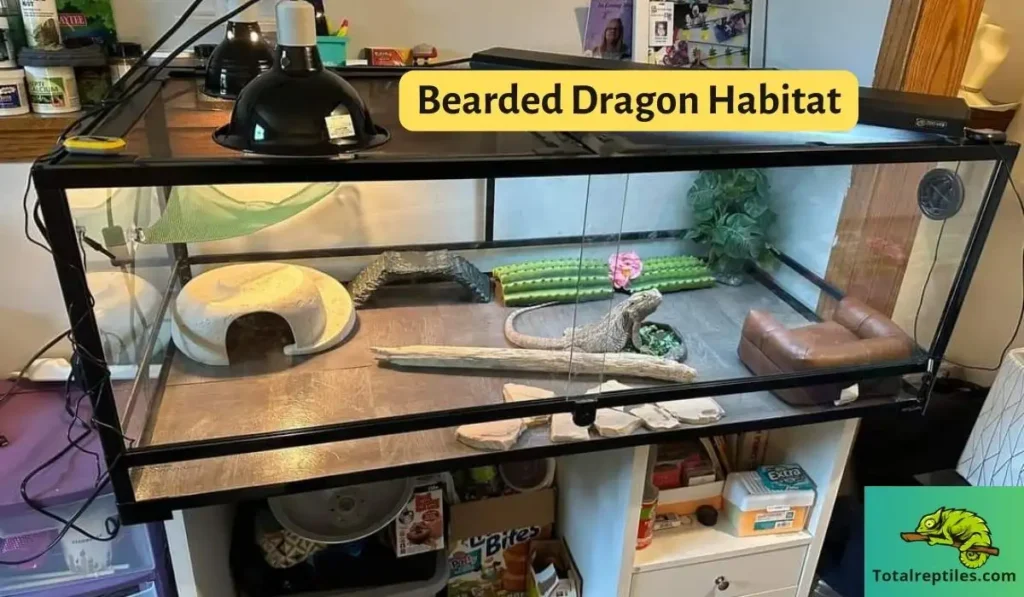
See how spread out the species is and what the beardie dragons require in general:
| Species | Location | Habitat |
| Pogona Barbata | Eastern Australia | Dry Wooded Areas |
| Pogona Henrylawsoni | Western or Central Australia | Dry, rocky, arid deserted locations |
| Pogona Microlepidota | North Australia | Coast and Woodlands |
| Pogona Minor Minor | Western or Central Australia | Woodlands and Rocky Areas |
| Pogona Minor Minima | Western Australia, Houtman Albrohos Islands | Dry Woodlands |
| Pogona Minor Mitchelli | North Western Australia | Deserts and Semi-Tropical Woodlands |
| Pogona Nullarbor | Southern Australia | Flat Brush Environments |
| Pogona Vitticeps | Central Australia | Deserts, Forests, and Dry Bush Environments |
Basic Requirements of a Bearded Dragon Habitat
Pogona Vitticeps or the Beardies to keep as pets are our primary targets. Before you buy an all-in-one enclosure for the creature, read this guide and you’ll understand why it is not recommended as your first pet.
The requirements for habitat maintenance are not very easy to set up and maintain. But first, let me take you on a tour of their natural habitat!
The Natural Habitat of Bearded Dragons in the Wild
Bearded dragons are crazy about intense sunbathing for over 12 hours a day. This is why they are particularly found in Central Australia, a desert environment with low humidity.
The region barely cultivates tall trees, so rocky areas, scrubs, and smaller plants are their preferred basking spots. They can easily squeeze into the crevices of the small rocks to cool down.
Beardies evade predators by climbing over plants, though they are not extreme climbers. Nevertheless, their spike-shaped scales work as a defense mechanism during an attack.
They can stay hydrated for a longer period by eating vegetation and insects found in the surroundings over drinking. But when they find water, they love soaking in it for quite some time!
Tank Requirements for Artificial Habitat of Bearded Dragons
Bearded dragons or Pogona Vitticeps are solitary species that do not like being in a shared enclosure. When in captivity, the enclosure or the tank you choose must mimic the natural desert habitat to avoid health problems.
The tanks can be classified into three types based on the materials:
- Glass (convenient, budget-friendly)
- PVC Plastic
- Wooden (ideal)
First, determine the location where you will place the enclosure. The tank should not be near any window, fireplace, or radiator to resemble the desert environment.
It is especially vital to keep in mind if going for a glass vivarium, as the material can lose heat significantly even when you maintain it properly. However, glass tanks are more popular than the rest due to their availability and price.
The wooden and plastic tanks/vivariums usually have an enclosed design with a front glass panel. They are best at holding the heat inside.
Lids
The next task is to select a lid for the enclosure. Here is a list of the varieties:
- Split-top
- Standard
- Single or double-hinged lids
- Front panel lifting or sliding doors
The split-top offers the most convenience having you can slide off one half of the structure, whereas the other half remains stationary. It allows uninterrupted lighting action.
Always ensure the lid doors are properly closed to avoid injuring your beardie.
Tank Size
In a word, about 75 gallons in size is the ideal choice for a dragon beard. The accuracy of the dimension relies on the creature’s size and age.
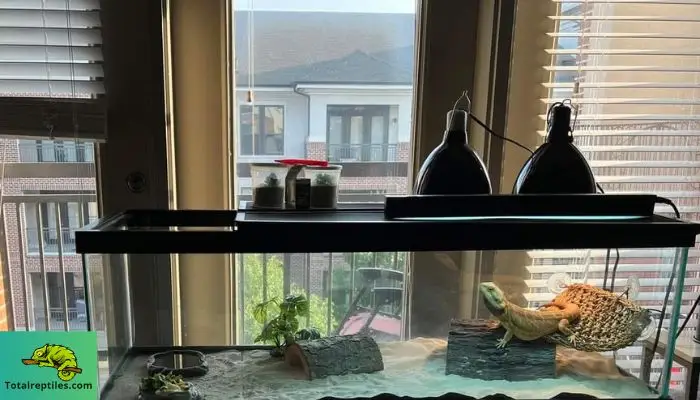
Also, these reptiles require sufficient floor space, as they will spend most of their time on it for climbing, soaking, hunting, sleeping, etc.
The chart below may come in handy if you find choosing the right tank a difficult decision:
| Bearded Dragon Age (Months) | Tank Size (Gallons) |
| 1 | 20 |
| 2 | 30 |
| 3-4 | 40 |
| 5-6 | 50 |
| 7-8 | 65 |
| 9-12 | 75 |
| 12+ | 120 |
Lighting
By now, you already know that Beardies need mimicked vivariums to survive without health issues. Lighting is the most vital part of the enclosure since it acts as desert sunlight.
Therefore, opt for a UVA basking bulb (50-75W) overhead with a dome-head lamp structure. Remember, the lighting should be as close as the intense sun rays so that the highest basking spot retains 95˚-100˚F heat.
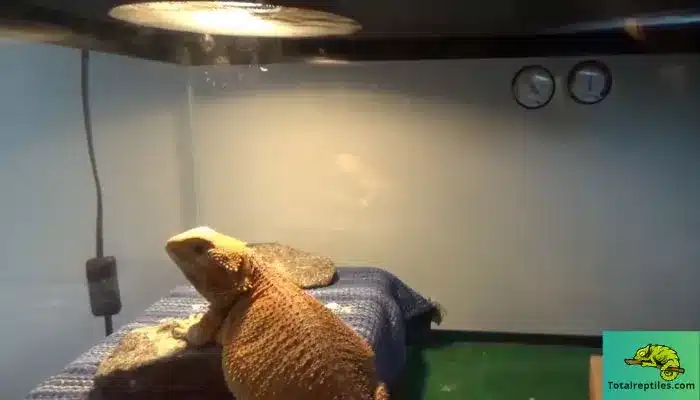
While a hanging lamp fixture is a good choice, the alternative is to set it right on top of the mesh screen lid.
Then you should install another UVB light. It should be a tube instead of a coil shape. Use a tube light hood to secure the light underneath the mesh lid to avert blocking the rays.
Replace the lights twice or thrice a year before they wear out completely. Also, set a timer for the 12-hour day and night cycles with 7 AM-7 PM daily lighting.
Heating
Bearded dragons need a gradient temperature that shifts from extremely hot (110˚F) to cool (75˚F). It helps them to regulate their body temperature from external sources.
As a result, the enclosure should include a hot side and a cool side, with both sides being as far away as possible.
The vivarium should have various décor and landscaping for the beardie to reach closer to the basking lamp. Keep the basking spot height (sturdy branch or a reptile hammock) about 6 inches from the lamp.
On the other hand, the cooler area should contain shading plants and hides. It should be away from the lamp.
But what behavior pattern in a beardie determines if the heat is too high or low?
- Bearded dragons become brightly colored and hold their mouth open when they feel hot.
- Their shades turn the darkest to absorb any available heat source when they are cold.
Humidity
It is very important to ensure the resembled vivarium has low humidity levels, ranging from 30% to 40%. This is the ideal native desert humidity of Central Australia.
High humidity complicates the health of Pogona Vitticeps (respiratory infections or other medical issues). Too low humidity indicates dehydration in the reptile. Extremely wrinkled skin is one big sign.
You can place a soaking water dish in the tank to maintain perfect humidity. Bearded dragons are unlikely to drink from it as their water source comes from their food intake.
However, make sure it is deep and large enough for the beardie to soak (up to their ear level) but not drown.
Temperature
Your pet reptile will require different types of temperature ranges in its tank. For instance, the enclosure should have a hot side (95˚F-110˚F), a warm side (85˚F-95˚F), and a cool side (75˚F-85˚F).
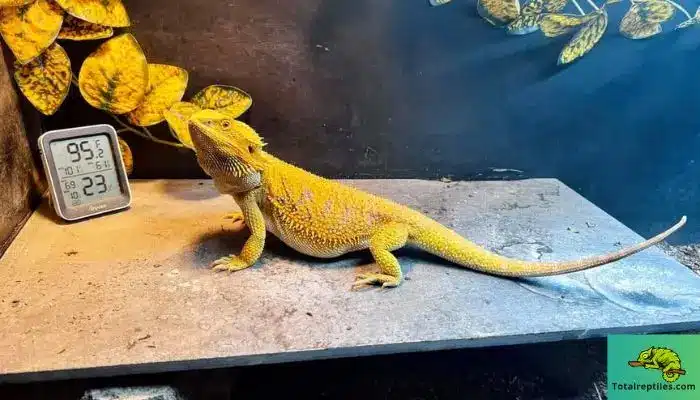
However, the temperature requirement can vary slightly based on their age levels. It means juveniles thrive more in warmer temperatures than adults.
You may have to consider a secondary heat source, like a ceramic heater, at night if the temperature drops below 65˚F. It is also better to go for two separate thermometers to regulate the temperature in the vivarium.
Here is a small table regarding the tank temperature gradient for you:
| Basking Spot | Warm Side | Cool Side | |
| Baby Beardies (0-4 Months) | 105˚F-110˚F | 95˚F-100˚F | 85˚F |
| Juvenile Beardies (5-11 Months) | 100˚F-105˚F | 95˚F | 80˚F-85˚F |
| Adult Beardies (12+ Months) | 95˚F-100˚F | 90˚F-95˚F | 75˚F-80˚F |
Basking
The key to owning a happy pet bearded dragon is to provide an excellent basking spotlight. Basking indicates exposing the body to sun rays for relaxation or sunbathing.
Some owners are unaware of this behavior, but some beardies gape at one point during basking. It is totally normal and is a sign of maximum thermal absorption attainment. They open their mouth wide to dissipate extra body heat effectively.
Basking in UV rays allows them to raise about 95˚F to 110˚F body temperature. It aids in proper digestion and absorption of food and nutrients.
A 12-hour period of basking is essential for beardies to prevent lethargic symptoms and sickness.
Brumation
If you are a beginner and notice your bearded dragon acting dormant, do not fear the worst!
Bearded dragons are ectotherms (incapable of regulating their own body heat). They rely on the environment to maintain the temperature. Hence, they go through the brumation process during the cold season to conserve energy.
During this time, the heart rate drops significantly, the digestion system shuts down, and the creature appears to be in a deep sleep. They burrow in the ground or a tree (in the natural habitat) to settle into this state.
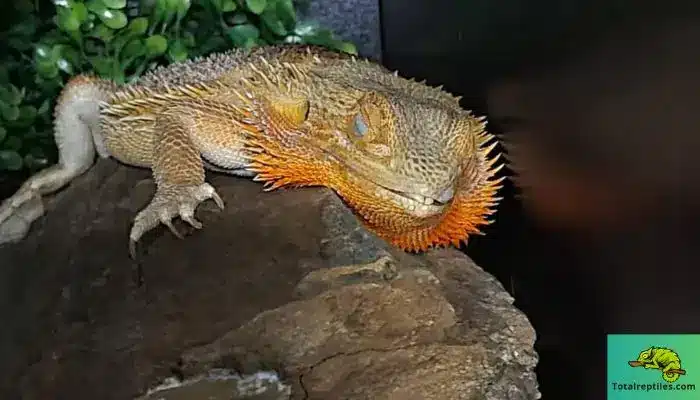
Brumation and hibernation are not the same despite their distinct similarities. While animals do not eat or drink in hibernation, reptiles wake up briefly to drink water.
Substrate
Utilizing the appropriate substrate means opting for the right bedding/flooring in the enclosure. It is essential to choose what is best for bearded dragons to fit their lifestyle.
Some popular options include:
- Reptile carpet
- Ceramic tiles
- Newspaper or paper towels
- Sand
- Slate
- Vinyl tiles, etc.
Although the sand is considered a natural choice, it is a highly debatable substrate for desert vivarium. It is not ideal for juvenile dragons, either. Accidental sand eating can lead to various health diseases too.
So, choose something the Beardies will not swallow to cause bowel impaction. Plus, keep their constant defecating habit in mind when picking a suitable option.
Conclusion
Lastly, do not overlook the importance of basking rocks/logs and hammocks/branches for a natural touch-up to the vivarium bearded dragon habitat.
Just make sure the basking spot does not overheat, especially if it is a rock or stone surface. Remember that these incredible species are territorial. If you decide to keep two bearded dragons, you will need two enclosures with proper setup for each.
There is no particular formula for maintaining a beardie. Simply watch out for changes in the lighting, humidity, and heating. As long as you monitor the basic safety and needs of the reptile, it will thrive happily and comfortably!
